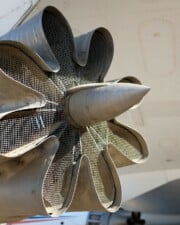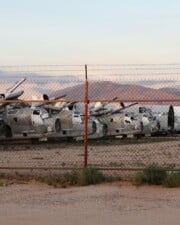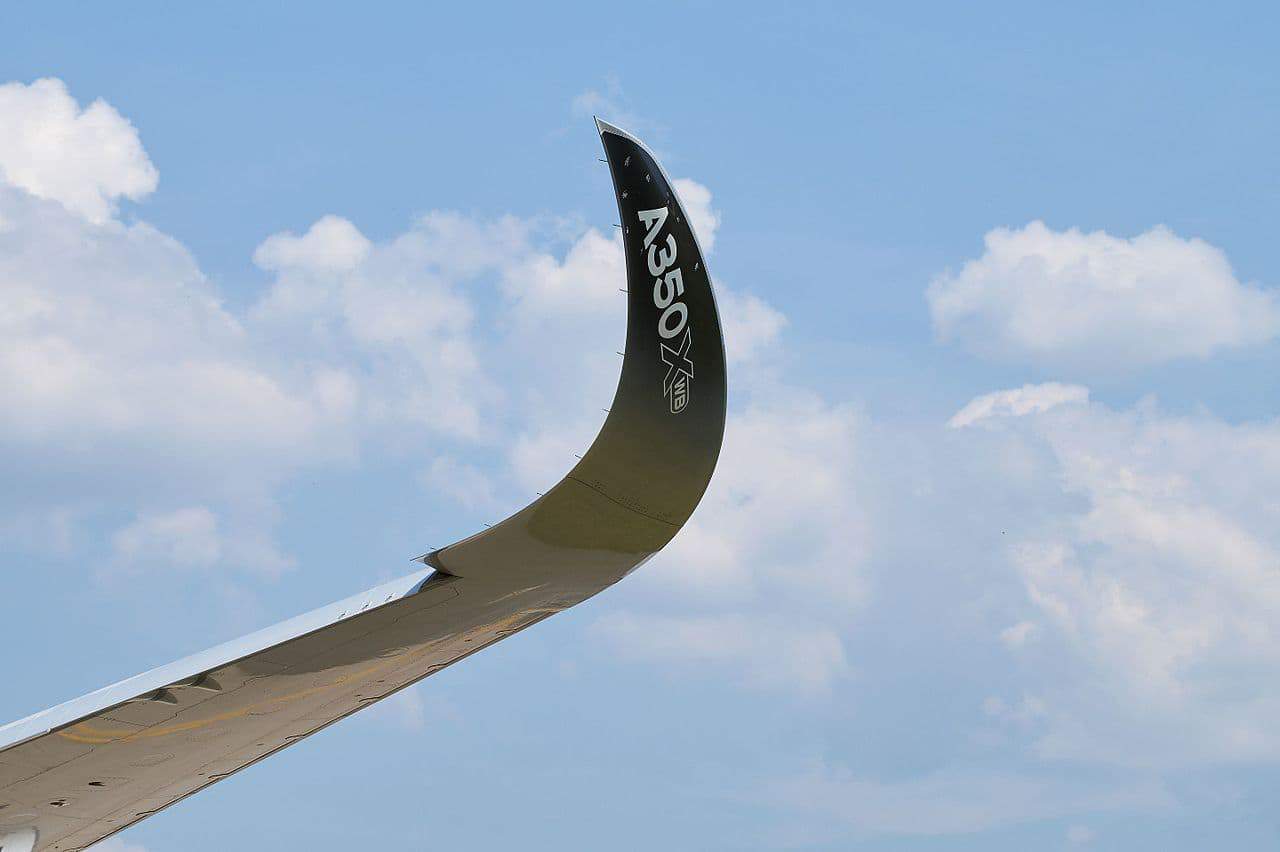Whether you’re flying into or out of an area that is subject to a lot of cold weather or are traveling during winter, the risk of your plane becoming an icicle is real. Thankfully, deicing measures can melt and thaw that ice and get you ready for takeoff.
Airplane deicer is made of a simple solution of glycol and water. The glycol is used to lower the freezing point of the water. The amount of glycol in the mixture depends on the ambient temperature. The mixture is heated to 150-180 °F and sprayed over the airplane at high pressure to remove snow and ice.
How Deicing Works
What is deicing fluid? Before we answer that, we need to make a distinction between deicing and anti-icing.
The former is what you see when you look out the airport window and they’re spraying down your plane. If there is already ice on your plane that needs melting and they are applying fluid with the goal of getting it flight-ready, that’s deicing.
On the flip side, it’ll be even easier for your plane to take off all the faster if it doesn’t have ice on the wings in the first place. This is anti-icing, and it’s a helpful preemptive preventative method.
But back to deicing. The glycol is the key here, lowering the freezing point of the solvent (in this case water) into which it is added, which in turn helps deice the plane. (If you’re wondering “Is deicing fluid toxic?” consider the glycol.)
However, there’s a lot more to it than that.
The agents in deicing solutions are used in different mixtures for different conditions, so the precise nature of the weather can make a huge difference in what ingredients are added along with the glycol and in what rations to form the deicing mixture used on your plane.
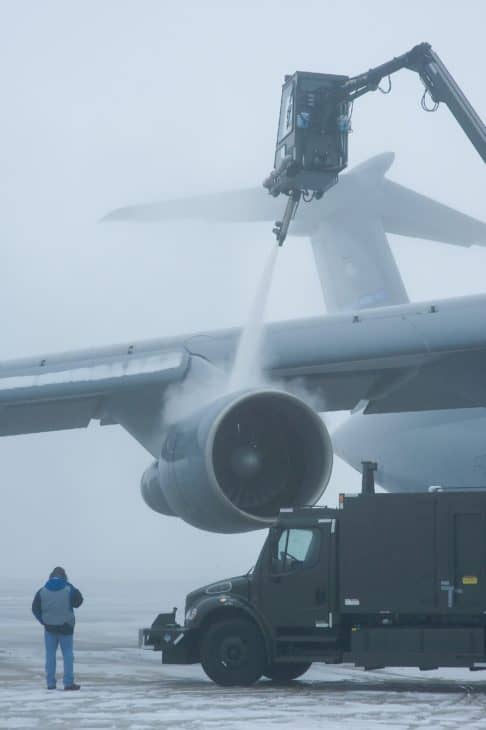
Whatever the precise differences in the solution, however, the deicing mixture is always applied the same way. It is pumped or poured into whatever container is going to house it, it’s heated up, and is then sprayed out all over the airplane to melt the snow.
Pilots are often the deciders of if their planes need a good deicing, overseeing the process to ensure it is done quickly, correctly, and in accordance with FAA regulations.
Speed is indeed one of the most important aspects of deicing. The deicing solution is liquid, after all, so if you wait too long to complete the procedure, the water in this moisture may start to freeze as well.
What’s more, deicing agents are designed to melt the ice that’s already frosted over your plane on top of it, or to prevent fresh snowfalls from sticking to the aircraft. If a plane lands and it starts snowing again, the plane may need to be deiced all over again.
This is why anti-icing is so important. They are also made up of a mixture of glycol and water, but the concentration is thicker than those of deicing fluids, which in turn helps them adhere to planes.
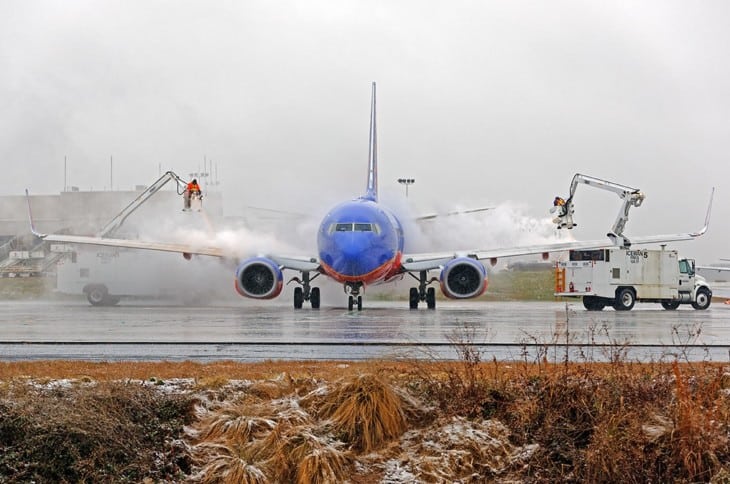
The FAA recommends anti-icing mixtures be applied three minutes after the deicing, and it should not be deiced if the fluid has frozen or if frost has already formed again on the plane. Should this occur, deicing will need to take place before anti-icing can be applied.
On the other hand, maybe the plane isn’t coated in snow but has instead simply been subjected to a slight dusting of flakes.
If that’s the case, crews may be able to deice the plane simultaneously with adding anti-icing fluid. They may also just add the latter and allow the anti-icer to act as both substances.
Why Deicing Matters
There are many reasons why deicing and anti-icing are an essential element of this process, not the least of which being that it is necessary to apply them all over the plane, with some of the most important areas to add them being:
- Wings
- Fuselage
- Control surfaces and gaps
- Engine inlets and fan blades
- Landing gear
- Propellers
- Antennae and sensors
Adding deicing and anti-icing is important because of what can happen if these measures are not observed. If they are neglected, ice can freeze on wings and potentially make them heavier, for example, which is never something you want to hear about your flight.
Even more troubling, the ice could potentially shake loose and fly into or otherwise be ingested by the engine. In airplanes powered by propellers, measures are taken at the wing and tail area in the plane’s construction to attempt to break the ice up.
If the ice is not broken up or otherwise properly treated, the consequences can be dire.
On January 13, 1982, an Air Florida took off but was unable to gain altitude as necessary, stalled and hit a bridge, and finally crashed. The pilots were unable to get the engines’ internal ice protection systems to turn on.
After the crash, it was found that the glycol to water ratio was diluted at 18% rather than the recommended 30%.
Related Posts



